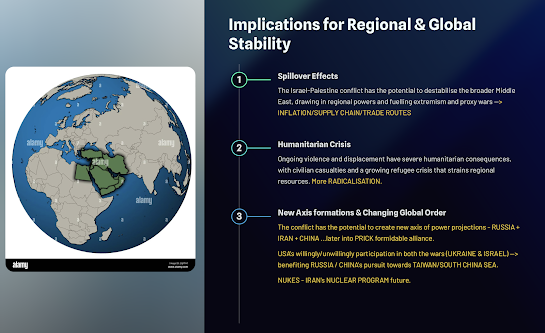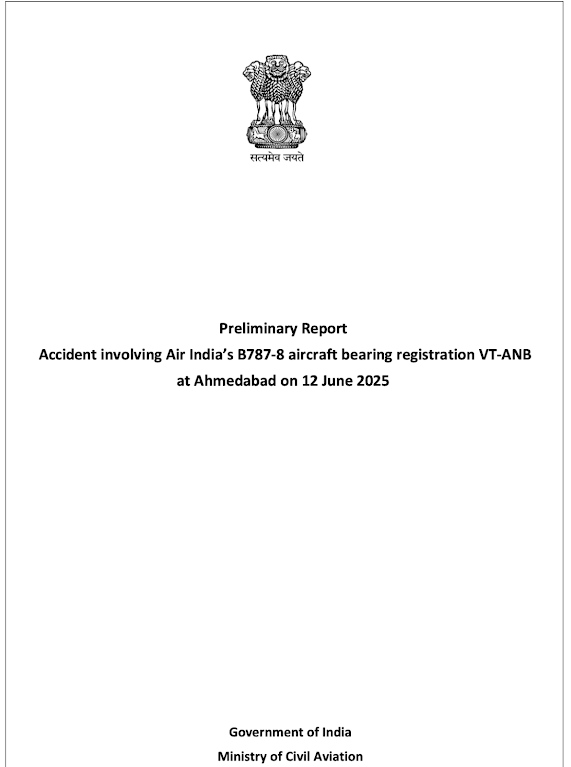The global economic and political landscape is undergoing a transformative shift. As nations recalibrate their strategies in response to geopolitical tensions, economic nationalism, and pandemic-induced supply chain disruptions, two significant philosophies have gained prominence: the United States' "Make America Great Again" (MAGA) initiative post Donald Trump's victory and the global "China+1" strategy. For India, these developments present a once-in-a-generation opportunity to cement its position as a critical player in the global supply chain and geopolitical order.
Understanding MAGA and China+1
MAGA, popularized as a domestic revival strategy, prioritizes reshoring critical industries, friend-shoring with trusted allies, and reducing reliance on adversaries like China. While the U.S. aims to create jobs and secure supply chains, it also seeks to collaborate with partners who can supplement its industrial and technological needs.
China+1 emerged as a pragmatic approach for companies seeking to diversify manufacturing bases beyond China, driven by rising labor costs, geopolitical risks, and the imperative to hedge against single-country dependencies.
Why India? The Sweet Spot in a Global Realignment
1. A Reliable Partner for Diversified Supply Chains
India's burgeoning economy, with a GDP projected to grow at 6-7% annually, coupled with its large workforce of over 500 million, provides an attractive alternative to China. Policies like the Production Linked Incentive (PLI) scheme, covering sectors from electronics to pharmaceuticals, have already attracted investments from global giants such as Apple, Samsung, and Foxconn.
- Data Point: India’s electronics exports surged by 50% in FY 2022-23, reaching $24 billion, reflecting its growing role in global supply chains.
- Opportunity: By aligning with U.S. firms seeking to relocate or diversify under MAGA, India can amplify its role in critical sectors like semiconductors, EV batteries, and pharmaceuticals.
2. Strategic Technological Alliances
MAGA emphasizes technological dominance, particularly in areas like semiconductors, AI, and defense. India’s Digital India and Atmanirbhar Bharat initiatives resonate with this vision, focusing on self-reliance and innovation. India’s IT sector, which generated $245 billion in revenue in 2022-23, offers a robust foundation for co-developing technologies with U.S. firms.
- Example: The U.S.-India Initiative on Critical and Emerging Technology (iCET) launched aims to enhance collaboration in semiconductors, space, and defence technology.
- Opportunity: As U.S. companies seek reliable partners for R&D and production, India’s engineering talent and competitive costs can serve as a pivotal asset.
3. A Stable Geopolitical and Economic Landscape
India’s democratic framework and geopolitical neutrality make it a preferred partner amidst the U.S.-China rivalry. By leveraging its strategic position within alliances like QUAD and the Indo-Pacific Economic Framework (IPEF), India can deepen its economic and security ties with the U.S. and its allies.
- Data Point: FDI inflows into India reached a record high of near about 100 B $, a testament to its growing appeal as an investment destination.
- Opportunity: India can position itself as a trusted partner for countries seeking to reduce reliance on authoritarian regimes, particularly in critical sectors like defense and energy.
- Electronics ManufacturingIndia’s mobile phone exports crossed $11 billion in FY 2022-23, with Apple alone accounting for 50%. By further enhancing ease of doing business and skilling its workforce, India can capture a significant share of the global electronics market.
- Green EnergyIndia’s ambitious target of achieving 500 GW of renewable energy capacity by 2030 aligns with MAGA’s focus on green jobs and sustainability. Collaborations in solar module manufacturing and green hydrogen production can mutually benefit India and the U.S.
- Pharmaceuticals and BiotechnologyAs the world’s largest producer of generic drugs, India can play a critical role in MAGA’s goal of securing medical supply chains. Investments in biotech R&D can further bolster this sector.
- Defence and AerospaceIndia is focusing on indigenising production under Atmanirbhar Bharat. Joint ventures with U.S. firms under MAGA could lead to the co-development of advanced systems, reducing dependence on imports.Challenges and the Path Forward
Despite its potential, India must address several bottlenecks to fully capitalize on these opportunities:
- Infrastructure Deficit: Rapidly upgrading logistics, ports, and power supply is critical.
- Policy Stability: Consistent and transparent policies are essential to sustain investor confidence.
- Skilling Workforce: Bridging the skill gap through vocational training and upskilling initiatives is vital to meet global standards.
India must also navigate the fine line between deepening ties with the U.S. and maintaining its STRATEGIC AUTONOMY, particularly in its relations with China and Russia.
A New Dawn for India
The convergence of MAGA and China+1 philosophies offers India a historic chance to redefine its role in the global order. By positioning itself as a trusted, resilient, and innovative partner, India can not only accelerate its journey towards becoming a $5-10 trillion economy but also emerge as a cornerstone of global stability and prosperity.
India’s rise is not just a possibility—it is an imperative for a multipolar world seeking balance and resilience. The question is not whether India can seize this moment, but whether it will act swiftly and decisively enough to claim its rightful place in the new global order.
--------------------------------------------------------




















